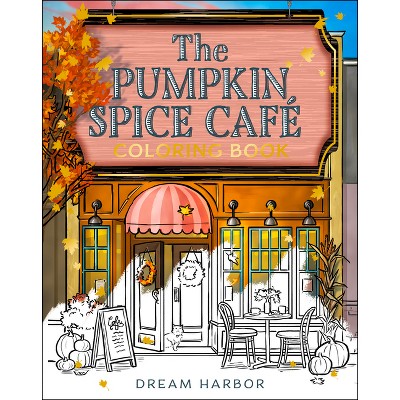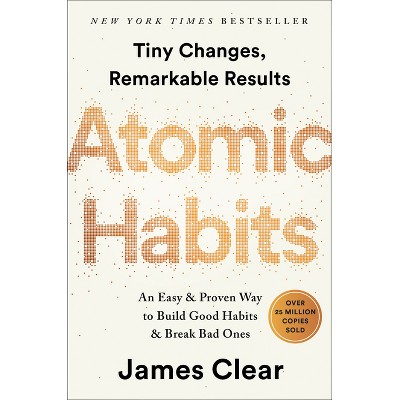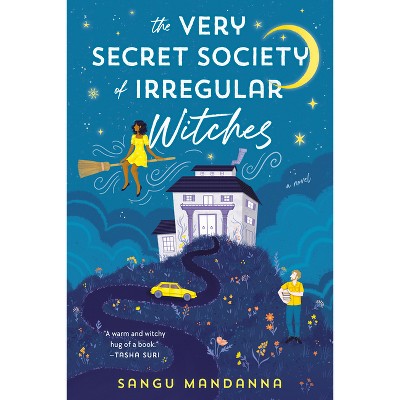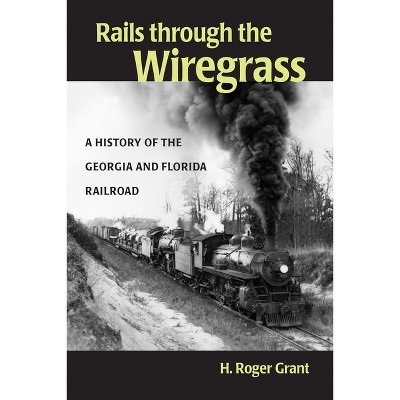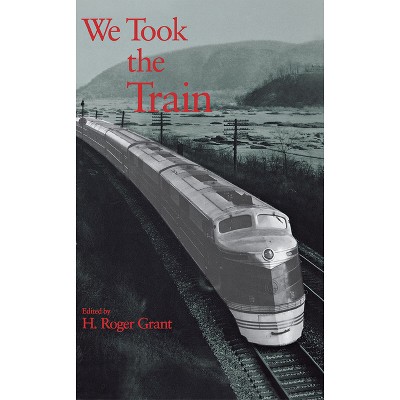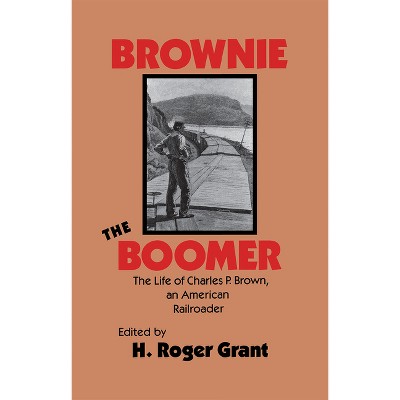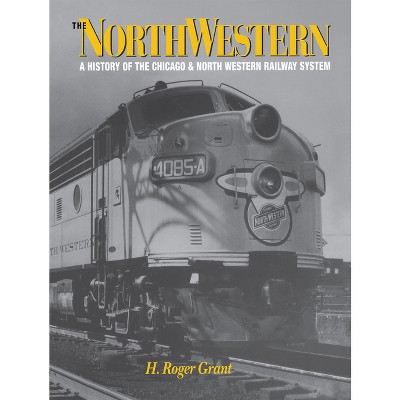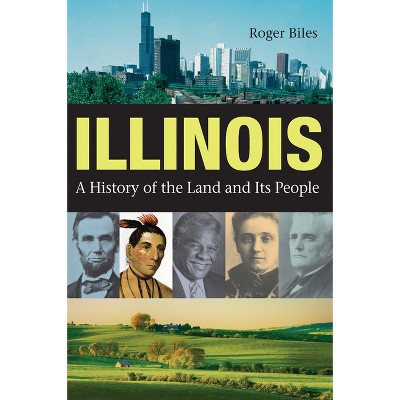About this item
Highlights
- The dream of an ideal social order has inspired the formation of experimental communities in America since colonial times.
- About the Author: H. Roger Grant, Professor of History at Clemson University, is author of 23 books, most of them on railroad history.
- 217 Pages
- History, United States
Description
About the Book
The dream of an ideal social order has inspired the formation of experimental communities in America since colonial times. One of the most successful of these was the Spirit Fruit Society, founded in the late 1890s by Jacob Beilhart. In 1901, after purchasing a small farm outside Lisbon, Ohio, the Spirit Fruit society settled into a peaceful and industrious, if morally unorthodox, way of life that won the bemused affection of their neighbors. Unfortunately, the society experienced throughout its existence hostility from journalists and, despite the agricultural and domestic skills possessed by its members, financial hardship. These factors, among others, precipitated moves to Illinois in 1904 and to California in 1914.
Book Synopsis
The dream of an ideal social order has inspired the formation of experimental communities in America since colonial times. One of the most successful of these was the Spirit Fruit Society, founded in the late 1890s by Jacob Beilhart. In 1901, after purchasing a small farm outside Lisbon, Ohio, the Spirit Fruit society settled into a peaceful and industrious, if morally unorthodox, way of life that won the bemused affection of their neighbors. Unfortunately, the society experienced throughout its existence hostility from journalists and, despite the agricultural and domestic skills possessed by its members, financial hardship. These factors, among others, precipitated moves to Illinois in 1904 and to California in 1914.
About the Author
H. Roger Grant, Professor of History at Clemson University, is author of 23 books, most of them on railroad history. His earlier company histories cover the Chicago & North Western, the Chicago Great Western, the Erie Lackawanna, and the Wabash railroads.


